The Quine McCluskey tabulation method is a very useful and convenient tool for simplification of Boolean functions for large numbers of variables. As we know that the Karnaugh map method is a very useful and convenient tool for simplification of Boolean functions as long as the number of variables does not exceed four. But for case of large number of variables, the visualization and selection of patterns of adjacent cells in the Karnaugh map becomes complicated and too much difficult. For those cases Quine McCluskey tabulation method takes vital role to simplify the Boolean expression. The Quine McCluskey tabulation method is a specific step-by-step procedure to achieve guaranteed, simplified standard form of expression for a function.
Now take an example to understand the process. Let we have a Boolean expression F= (0,1,2,3,5,7,8,10,14,15) and we have to minimize that by Quine McCluskey tabulation method.
- To start with we have to make table and kept all the numbers in same group whose binary numbers containing equal 1s. Like 1,2,8 (0001,0010,1000) are in same group because all has equal 1s in their binary number. See in bellow table
- We have to add another column to right side of that table naming 1st Now between two groups depending upon number of 1s, we have to find similar number with only one position change to 0 to 1. See the binary number of 1 (0001) from first group and 3 (0011) from second group. Both the number are similar only second bit position from LSB change 0 to 1. So in new column we should write (1,3) 00-1 (in place of number change we put “–“ on that). In this way we have to check entire table and make new column accordingly.
- Now we have to again add another column to right side of that table naming 2nd Now between two groups from 1st column, we have to find similar number with only one position change to 0 to 1. See the binary number of (0,1) (000-) and (2,3) (001-). Both the numbers are similar only second bit position from LSB change 0 to 1. So in new column we should write (0,1,2,3) 00– (in place of number change we put “–“ on that). In this way we have to check entire table and make new column accordingly.
- Most of we completed now we have to mark what are those combination we used in 2nd Like for first one (0,1,2,3), we used 0,1 and 2,3 combination from 1st column.
- Now make the final table for getting the simplified Boolean expression. Now question is how it possible? We have to make a table with all combination of 2nd column and unused portion of 1st
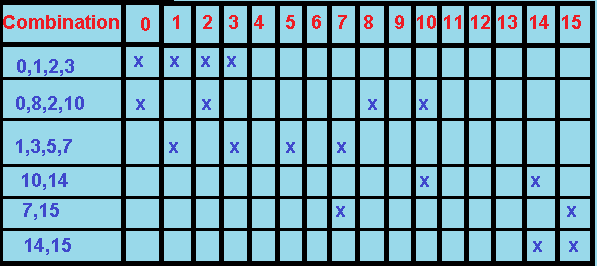

- We can keep one cross in any one column. So we have to cut some raw which was most benefited entirely to make one cross at one column. But keep mind that we should not cut those raw which can give as cross at single column.
- Now we can get the simplified Boolean expression from above table and it’s correspond 2nd column value. We have to take uncut row with its 2nd column value and convert it with ABCD variable. Like where you find 0 take complement value, 1 for uncomplement value and “–“ for no variable.
0,8,2,10 (- 0 – 0) =B^D^
1,3,5,7 (0 – – 1) = A^D
14,15 (1 1 1 -) =ABC
So answer will be F =B^D^+A^D+ABC
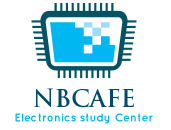


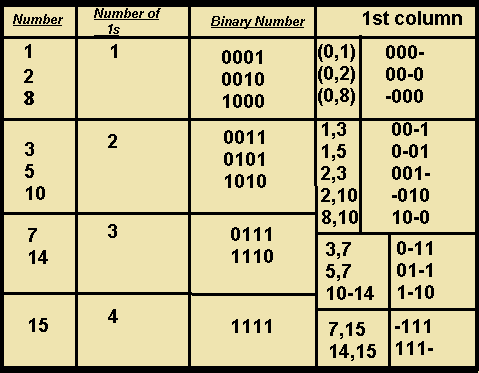

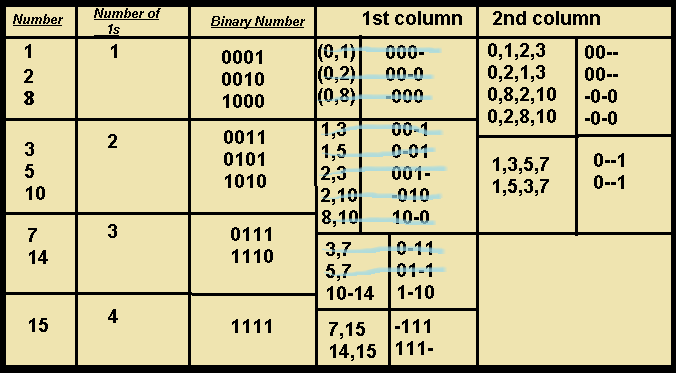



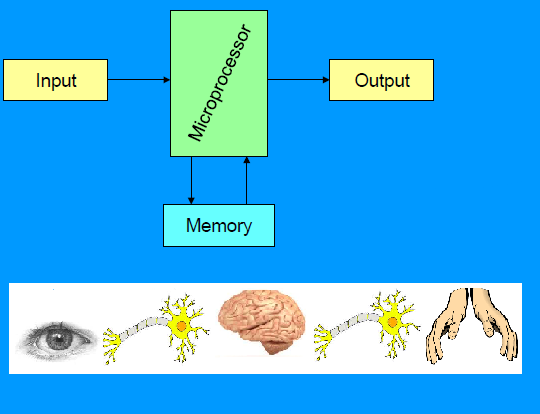
6 thoughts on “Quine McCluskey tabulation method”
Awesome Tutorial..:)
Simply superb
Cutting of no’s i do not understand.
Please send solution for this
For(ABCD)=£(1,4,12,16,19,24,27,28,29,31)
Dear Sir,
For above problem you need to use 5 Variable’s as A,B,C,D,E
Superb